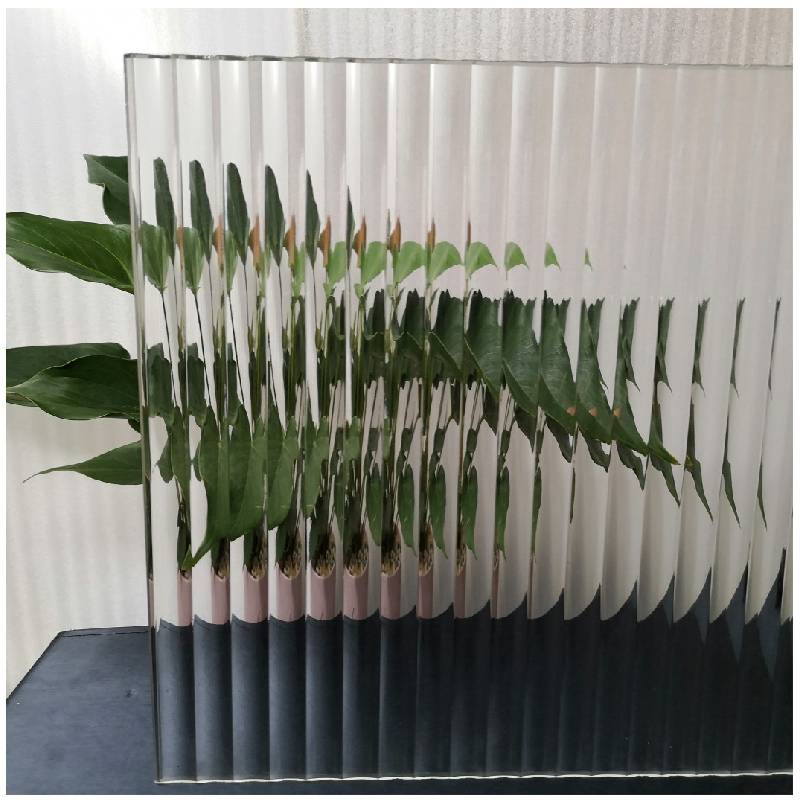Understanding Tempered Glass Key Features and Applications
Tempered glass, also known as toughened glass, has become a vital material in modern architecture and construction, providing both safety and aesthetic appeal. This type of glass is created through a process of extreme heating and rapid cooling, enhancing its strength and durability compared to standard glass. In this article, we will explore the properties, manufacturing processes, applications, and advantages of tempered glass.
Manufacturing Process
The tempered glass manufacturing process begins with heating the glass to temperatures around 600 degrees Celsius (about 1100 degrees Fahrenheit). Once the glass reaches this high temperature, it is rapidly cooled using jets of air, a technique known as quenching. This sudden temperature change creates compressive stresses on the surface of the glass while the interior remains under tension. As a result, tempered glass is significantly stronger than untreated glass and can withstand impact and thermal stresses.
Key Features and Properties
1. Increased Strength Tempered glass is approximately four to five times stronger than standard glass of the same thickness. This strength makes it ideal for safety applications and structures where robustness is essential.
2. Safety One of the primary benefits of tempered glass is its safety properties. When broken, it shatters into small, blunt pieces rather than sharp shards. This characteristic significantly reduces the risk of injury, making it a preferred choice for public spaces, vehicles, and buildings.
3. Thermal Resistance Tempered glass can resist rapid temperature changes, making it suitable for environments that experience significant fluctuations in temperature. It can withstand temperatures up to 250 degrees Celsius (482 degrees Fahrenheit).
4. Versatility Available in various thicknesses and sizes, tempered glass can be used in many applications, from small residential windows to large-scale commercial facades.
tempered glass data sheet
Applications
Tempered glass is widely used across numerous sectors due to its unique properties. Common applications include
- Architectural Glass In building facades, partitions, and balustrades, tempered glass provides both aesthetics and safety.
- Shower Doors Its resistance to moisture and heat makes tempered glass a popular choice for shower enclosures.
- Automotive Glass Used in side and rear windows, tempered glass enhances passenger safety while maintaining visibility.
- Glass Doors and Railings With its ability to withstand impact, tempered glass is often used in entrances and outdoor railings.
Advantages of Tempered Glass
Choosing tempered glass comes with numerous advantages
1. Durability Its robust nature ensures a longer lifespan and reduced likelihood of breakage, thereby lowering maintenance costs over time.
2. Energy Efficiency When treated with low-emissivity coatings, tempered glass can help in energy savings by reducing heat transfer, contributing to lower heating and cooling costs in buildings.
3. Aesthetic Appeal Available in various finishes and tints, tempered glass can enhance the beauty of architectural designs while providing functionality.
Conclusion
In summary, tempered glass serves as a crucial material in both residential and commercial settings, combining safety, strength, and versatility. Its manufacturing process imbues it with properties that make it far superior to ordinary glass, enabling its use in various applications. As modern architecture evolves and incorporates more glass elements, the demand for tempered glass is likely to continue growing, offering innovative solutions that meet safety standards and aesthetic desires. Understanding its benefits and capabilities is essential for architects, builders, and homeowners alike, ensuring the right choices are made for their projects.
 Afrikaans
Afrikaans  Albanian
Albanian  Amharic
Amharic  Arabic
Arabic  Armenian
Armenian  Azerbaijani
Azerbaijani  Basque
Basque  Belarusian
Belarusian  Bengali
Bengali  Bosnian
Bosnian  Bulgarian
Bulgarian  Catalan
Catalan  Cebuano
Cebuano  Corsican
Corsican  Croatian
Croatian  Czech
Czech  Danish
Danish  Dutch
Dutch  English
English  Esperanto
Esperanto  Estonian
Estonian  Finnish
Finnish  French
French  Frisian
Frisian  Galician
Galician  Georgian
Georgian  German
German  Greek
Greek  Gujarati
Gujarati  Haitian Creole
Haitian Creole  hausa
hausa  hawaiian
hawaiian  Hebrew
Hebrew  Hindi
Hindi  Miao
Miao  Hungarian
Hungarian  Icelandic
Icelandic  igbo
igbo  Indonesian
Indonesian  irish
irish  Italian
Italian  Japanese
Japanese  Javanese
Javanese  Kannada
Kannada  kazakh
kazakh  Khmer
Khmer  Rwandese
Rwandese  Korean
Korean  Kurdish
Kurdish  Kyrgyz
Kyrgyz  Lao
Lao  Latin
Latin  Latvian
Latvian  Lithuanian
Lithuanian  Luxembourgish
Luxembourgish  Macedonian
Macedonian  Malgashi
Malgashi  Malay
Malay  Malayalam
Malayalam  Maltese
Maltese  Maori
Maori  Marathi
Marathi  Mongolian
Mongolian  Myanmar
Myanmar  Nepali
Nepali  Norwegian
Norwegian  Norwegian
Norwegian  Occitan
Occitan  Pashto
Pashto  Persian
Persian  Polish
Polish  Portuguese
Portuguese  Punjabi
Punjabi  Romanian
Romanian  Russian
Russian  Samoan
Samoan  Scottish Gaelic
Scottish Gaelic  Serbian
Serbian  Sesotho
Sesotho  Shona
Shona  Sindhi
Sindhi  Sinhala
Sinhala  Slovak
Slovak  Slovenian
Slovenian  Somali
Somali  Spanish
Spanish  Sundanese
Sundanese  Swahili
Swahili  Swedish
Swedish  Tagalog
Tagalog  Tajik
Tajik  Tamil
Tamil  Tatar
Tatar  Telugu
Telugu  Thai
Thai  Turkish
Turkish  Turkmen
Turkmen  Ukrainian
Ukrainian  Urdu
Urdu  Uighur
Uighur  Uzbek
Uzbek  Vietnamese
Vietnamese  Welsh
Welsh  Bantu
Bantu  Yiddish
Yiddish  Yoruba
Yoruba  Zulu
Zulu 

